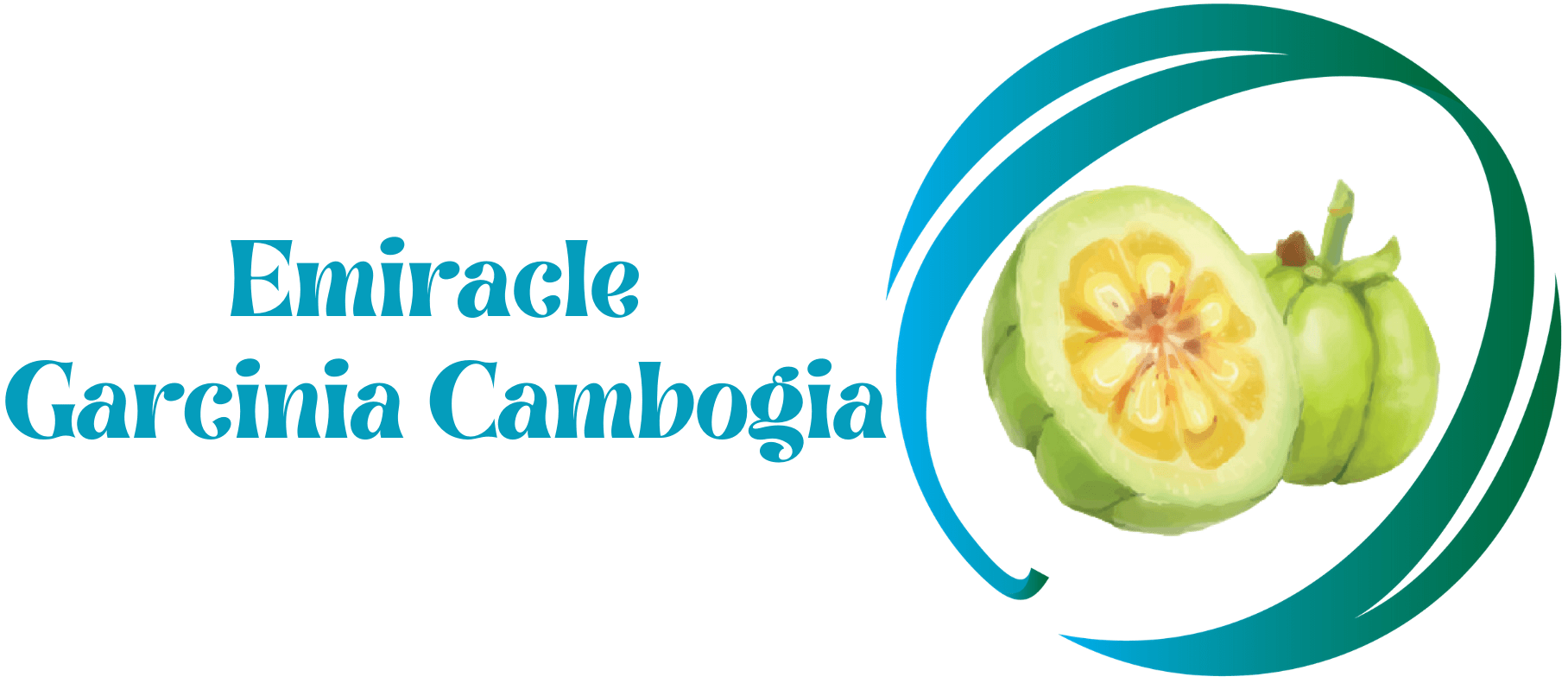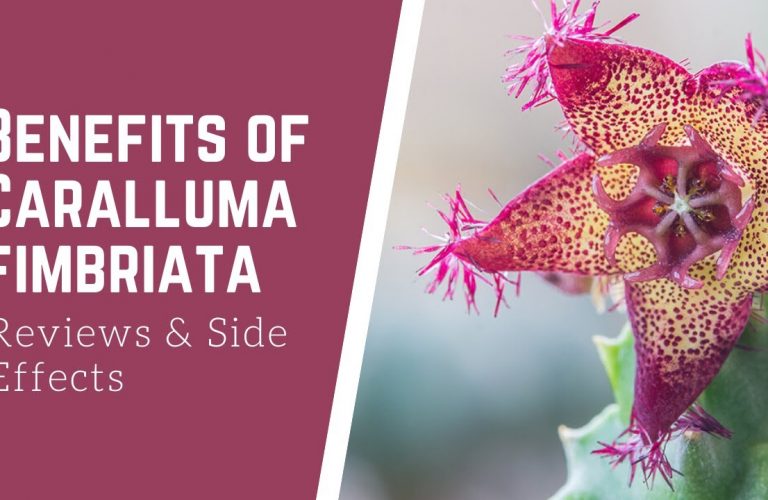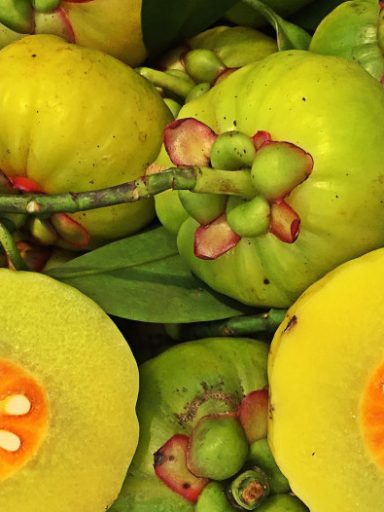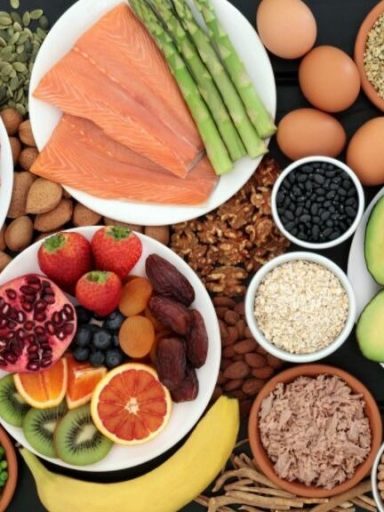It belongs to the family of Apocynaceae. Used mainly in the southern parts of India, this plant is also seen in the certain parts of Saudi Arabia, Afghanistan, Africa, Southern parts of Europe and Canary Islands.
In India tribal people primarily are the main crowds who rely on this plant to control their appetite due to malnutrition and scarce supply of food. That is why it is known as the ‘famine food’ for people who belong to the marginalized class and cannot afford timely food and water for drinking.
What serves as the solution for malnutrition is today a well known medicine for curing the obesity issue for many.
It has mainly aided drastic waist line reduction. Even hunters and gatherers of the ancient days used the extracts of this plant to suppress their hunger for food and thirst for water. Cactus being a drought resistant plant has the capacity to store water in itself in the midst of the dry, arid desert regions.
Hence, consumption of the succulent extracts helps one to avoid getting dehydrated. The extract of the plant is freely available and it has not been reported to be toxic for man in anyway so far but it needs to be consumed with prior recommendation from doctors.
The herb is composed of photochemical constituents such as Flavone Glycosides, Pregnane Glycosides, Megastigmane Glycosides, Saponins and Bitter Principles. The component Pregnane Glycoside helps in blocking the production of the enzyme citrate lyase in the body that is responsible for obesity in our body.
Once the secretion of this enzyme is stopped in the body, the fat production automatically ceases. Thus the mission of fighting obesity is fulfilled. It also restricts the production of Malonyl Coenzyme, which again is responsible for fat production in the body.
Although, it is a popular obesity killing herb with absolute natural effects on the body and no side effects of its own, yet, most of us prefer consuming it in supplementary forms of pills, powders and capsules that somewhat brings down the efficiency of the herb as such.
The pills have additives that have combined nutrients and artificial agents as well. As a result, the herb gets a bad name in case of side effects on the user. It should be consumed in its original and unchanged form to gain the benefits of the natural Ayurvedic herb.
This herb had been reckoned as an effective medicine even in the times of Ayurveda when traditional medicines relied solely upon nature’s gifts for myriad health solutions. In India, it is mostly consumed in the raw form along with other vegetables.
Since this herb acts as a supplement for water during the crisis phases, individuals consuming it often have the tendency to drink lesser water due to its effect of suppressing thirst for a longer time. We should be careful about drinking enough water during the time of consumption of Caralluma fimbriata.
Also, the consumption of Caralluma fimbriata can help one in weight loss for a tentative time period. For a secured, continued long term effect, only consuming Caralluma fimbriata wouldn’t help. One must follow a regular diet chart that includes plenty of hygienic fruits, vegetables, lean meat, yoghurt, eggs, and also sufficient sleep.
We cannot deny the basic fact of life that only external products cannot help us feel confident about a slimmer waist line and toned figure. We need to rejuvenate our mind over our body as well with yoga and other mental stress busting techniques. Not just Caralluma fimbriata, but there are others like Garcinian Cambogia or Gambooge that also play roles in our daily fight with obesity. This is more popular as the Malabar Tamarind down south of India and is a special item in the south Indian cuisine.
Even this tamarind can control the fat digestion from the glucose in the body by preventing the process of digestion with its Hydroxyctic Acid (HCA). However, it is not safe for pregnant and lactating mothers as it absorbs all the fat stored in the body that is necessary for the baby. Just like Gambooge, Caralluma fimbriata works as an efficient message transmitter to the brain by disrupting hypothalamus’ work of message sending in the body for hunger.
Caralluma fimbriata is not known with reports on such restrictions except for people suffering from gastric problems should rather avoid it as it may induce gastrointestinal side effects.
However, a minimal dosage in the natural state is actually recommended by several doctors, scientists, professors, botanists as they have not only studies the plant but also the numerous tribes that rely on it and had been relying on this plant for ages together for their dietary supplementation. It is used in chutneys and pickles in Indian households.
Even the Indian Health Ministry lists this plant as an essential medicinal plant to be ingested in cooked and raw form. Several tests on rats have been conducted with successful reports of its success but the dosage for consumption should be as per the health condition of the individual is it is taken as a supplement in the form of pills, capsules or powder. It should be taken with proper safeguard keeping in mind the weight of the individual and the previous diet that was followed before starting its consumption.
There might be slight changes in the food intake with this plant’s intake but with the passage of time the body would get used to this plant as well.
The most important bit to be kept in mind while consuming it as a supplement is the brand that we are consuming must be well known. We must check the authenticity of the brand and purchase it.
Not only Caralluma fimbriata but Garcinia Cambogia also is available in the same form of pills and we must check before leaping on to these easy-to-take drugs because the commercialization of the drug industry has had its own side effects on consumers as well.
The popularly known ‘famine food of India’ Caralluma fimbriata is an edible cactus found commonly in India.
It belongs to the family of Apocynaceae. Used mainly in the southern parts of India, this plant is also seen in the certain parts of Saudi Arabia, Afghanistan, Africa, Southern parts of Europe and Canary Islands.
In India tribal people primarily are the main crowds who rely on this plant to control their appetite due to malnutrition and scarce supply of food. That is why it is known as the ‘famine food’ for people who belong to the marginalized class and cannot afford timely food and water for drinking.
What serves as the solution for malnutrition is today a well known medicine for curing the obesity issue for many.
It has mainly aided drastic waist line reduction. Even hunters and gatherers of the ancient days used the extracts of this plant to suppress their hunger for food and thirst for water. Cactus being a drought resistant plant has the capacity to store water in itself in the midst of the dry, arid desert regions.
Hence, consumption of the succulent extracts helps one to avoid getting dehydrated. The extract of the plant is freely available and it has not been reported to be toxic for man in anyway so far but it needs to be consumed with prior recommendation from doctors.
The herb is composed of photochemical constituents such as Flavone Glycosides, Pregnane Glycosides, Megastigmane Glycosides, Saponins and Bitter Principles. The component Pregnane Glycoside helps in blocking the production of the enzyme citrate lyase in the body that is responsible for obesity in our body.
Once the secretion of this enzyme is stopped in the body, the fat production automatically ceases. Thus the mission of fighting obesity is fulfilled. It also restricts the production of Malonyl Coenzyme, which again is responsible for fat production in the body.
Although, it is a popular obesity killing herb with absolute natural effects on the body and no side effects of its own, yet, most of us prefer consuming it in supplementary forms of pills, powders and capsules that somewhat brings down the efficiency of the herb as such.
The pills have additives that have combined nutrients and artificial agents as well. As a result, the herb gets a bad name in case of side effects on the user. It should be consumed in its original and unchanged form to gain the benefits of the natural Ayurvedic herb.
This herb had been reckoned as an effective medicine even in the times of Ayurveda when traditional medicines relied solely upon nature’s gifts for myriad health solutions. In India, it is mostly consumed in the raw form along with other vegetables.
Since this herb acts as a supplement for water during the crisis phases, individuals consuming it often have the tendency to drink lesser water due to its effect of suppressing thirst for a longer time. We should be careful about drinking enough water during the time of consumption of Caralluma fimbriata.
Also, the consumption of Caralluma fimbriata can help one in weight loss for a tentative time period. For a secured, continued long term effect, only consuming Caralluma fimbriata wouldn’t help. One must follow a regular diet chart that includes plenty of hygienic fruits, vegetables, lean meat, yoghurt, eggs, and also sufficient sleep.
We cannot deny the basic fact of life that only external products cannot help us feel confident about a slimmer waist line and toned figure. We need to rejuvenate our mind over our body as well with yoga and other mental stress busting techniques. Not just Caralluma fimbriata, but there are others like Garcinian Cambogia or Gambooge that also play roles in our daily fight with obesity. This is more popular as the Malabar Tamarind down south of India and is a special item in the south Indian cuisine.
Even this tamarind can control the fat digestion from the glucose in the body by preventing the process of digestion with its Hydroxyctic Acid (HCA). However, it is not safe for pregnant and lactating mothers as it absorbs all the fat stored in the body that is necessary for the baby. Just like Gambooge, Caralluma fimbriata works as an efficient message transmitter to the brain by disrupting hypothalamus’ work of message sending in the body for hunger.
Caralluma fimbriata is not known with reports on such restrictions except for people suffering from gastric problems should rather avoid it as it may induce gastrointestinal side effects.
However, a minimal dosage in the natural state is actually recommended by several doctors, scientists, professors, botanists as they have not only studies the plant but also the numerous tribes that rely on it and had been relying on this plant for ages together for their dietary supplementation. It is used in chutneys and pickles in Indian households.
Even the Indian Health Ministry lists this plant as an essential medicinal plant to be ingested in cooked and raw form. Several tests on rats have been conducted with successful reports of its success but the dosage for consumption should be as per the health condition of the individual is it is taken as a supplement in the form of pills, capsules or powder. It should be taken with proper safeguard keeping in mind the weight of the individual and the previous diet that was followed before starting its consumption.
There might be slight changes in the food intake with this plant’s intake but with the passage of time the body would get used to this plant as well.
The most important bit to be kept in mind while consuming it as a supplement is the brand that we are consuming must be well known. We must check the authenticity of the brand and purchase it.
Not only Caralluma fimbriata but Garcinia Cambogia also is available in the same form of pills and we must check before leaping on to these easy-to-take drugs because the commercialization of the drug industry has had its own side effects on consumers as well.



